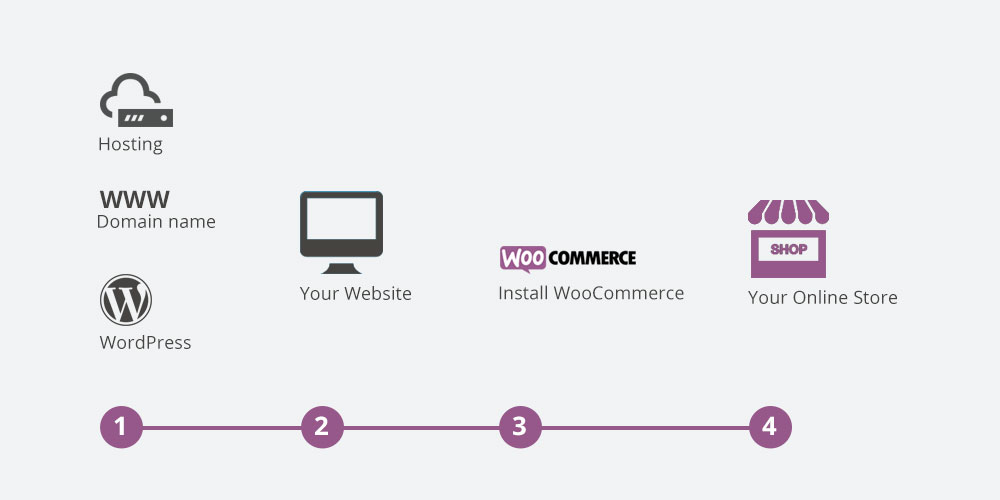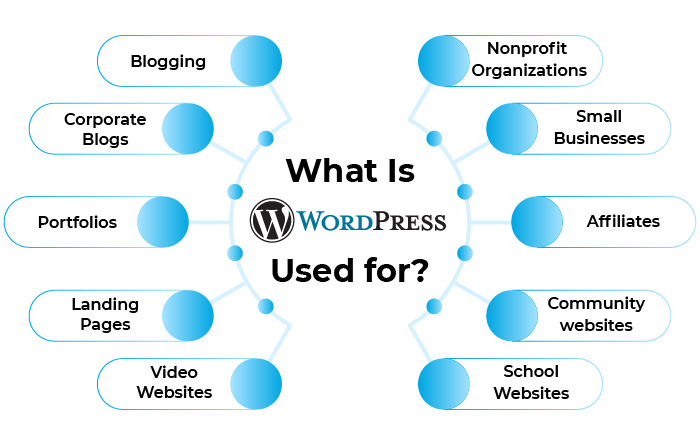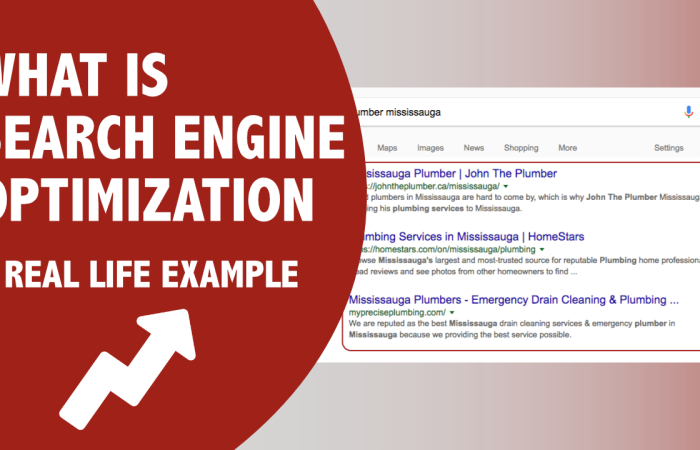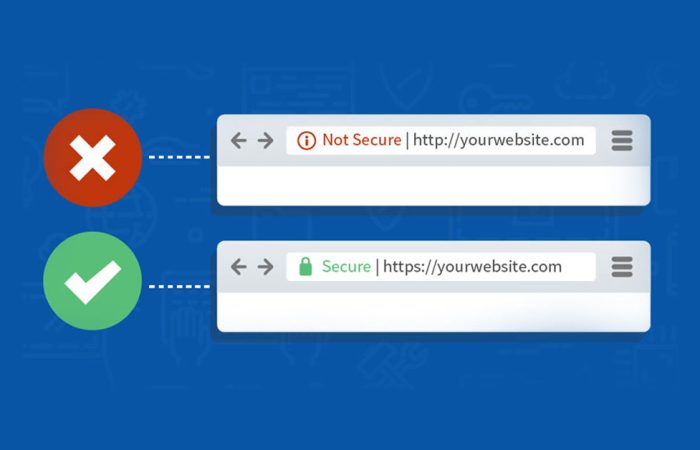If you’ve spent any time researching how to build a website, you’ve likely come across…
What is WooCommerce?
If you’ve ever thought about selling products online, you’ve likely come across the term WooCommerce. As a leading e-commerce platform, WooCommerce powers millions of online stores worldwide, from small boutiques to large enterprises. But what is WooCommerce? Why do so many people choose it for their online businesses? In this comprehensive guide, we will explore everything you need to know about WooCommerce, including its features, benefits, and how to get started.
Understanding the Basics: What is WooCommerce?
At its core, WooCommerce is a free, open-source e-commerce plugin for WordPress. This means it adds e-commerce functionality to WordPress websites, enabling you to set up an online store quickly and easily. But WooCommerce is more than just a simple plugin; it is a complete e-commerce solution that provides all the tools you need to sell products or services online. Whether you’re looking to sell physical products, digital downloads, or even subscriptions, WooCommerce has you covered.
WooCommerce was launched in 2011 by WooThemes, a WordPress theme company, and quickly became popular due to its simplicity, flexibility, and extensive range of features. In 2015, Automattic, the parent company of WordPress.com, acquired WooCommerce, further solidifying its position as a dominant force in the e-commerce industry.
How Does WooCommerce Work?
To understand “What is WooCommerce?” it’s crucial to know how it works. WooCommerce is designed to integrate seamlessly with WordPress, turning your existing WordPress site into a fully functional e-commerce store. Once installed, WooCommerce adds a range of e-commerce-specific features to your site, such as product management, shopping cart, checkout, and payment processing.
Here’s a breakdown of the key components that make WooCommerce a powerful e-commerce platform:
- Product Management: WooCommerce allows you to add, edit, and manage products easily. You can categorize products, add tags, set prices, manage inventory, and create product variations such as size or color.
- Shopping Cart and Checkout: The shopping cart and checkout process in WooCommerce are designed to be user-friendly and customizable. Customers can add products to their cart, review their selections, apply discount codes, and complete their purchase through a streamlined checkout process.
- Payment Gateways: WooCommerce supports a wide range of payment gateways, including PayPal, Stripe, and credit card payments. You can also integrate local payment methods depending on your target market.
- Shipping Options: WooCommerce offers flexible shipping options, allowing you to set shipping rates based on factors like location, weight, and delivery method. You can also offer free shipping or local pickup.
- Order Management: WooCommerce provides a robust order management system where you can track orders, update order statuses, and manage refunds. You can also send automated emails to customers for order confirmations, updates, and follow-ups.
- Security: WooCommerce is built with security in mind, and it regularly receives updates to patch vulnerabilities and improve performance. It also supports SSL certificates to ensure secure transactions.
- Analytics and Reporting: WooCommerce offers built-in analytics and reporting tools that help you monitor sales, track customer behavior, and analyze your store’s performance. You can view detailed reports on sales, orders, customer insights, and more.
Why Choose WooCommerce?
When asking “What is WooCommerce?” you might also wonder why so many businesses choose it over other e-commerce platforms. Here are some key reasons why WooCommerce stands out:
- Ease of Use: WooCommerce is designed to be user-friendly, even for those without technical expertise. Its integration with WordPress means that if you’re already familiar with WordPress, you’ll find it easy to navigate and use WooCommerce.
- Flexibility and Customization: WooCommerce is highly customizable, thanks to its open-source nature and the vast array of plugins and extensions available. You can tailor your store to meet your specific needs, whether it’s adding a loyalty program, setting up advanced shipping rules, or integrating with third-party tools.
- Scalability: WooCommerce can grow with your business. Whether you’re starting with a few products or have a large inventory, WooCommerce can handle it. As your business expands, you can easily add more products, manage more orders, and implement more complex functionalities.
- SEO-Friendly: WooCommerce inherits WordPress’s strong SEO capabilities, making it easier for your store to rank higher in search engine results. With plugins like Yoast SEO, you can optimize your product pages, category pages, and other content to improve visibility and attract more traffic.
- Large Community and Support: WooCommerce has a large and active community of developers, designers, and users. This means you have access to a wealth of resources, tutorials, forums, and support when you need help. Plus, there are numerous agencies and freelancers who specialize in WooCommerce development.
- Cost-Effective: WooCommerce itself is free to use, and many themes and plugins are available at no cost or for a one-time fee. This makes it a cost-effective solution, especially for small businesses and startups that need a budget-friendly e-commerce platform.
- Integration Capabilities: WooCommerce integrates seamlessly with a wide range of third-party services and tools, such as email marketing platforms, CRM systems, accounting software, and social media channels. This allows you to create a fully integrated online business.
Getting Started with WooCommerce
Now that you know “What is WooCommerce?” and why it’s a popular choice, let’s walk through the steps to get started with WooCommerce.
- Choose Your Domain and Hosting: Before installing WooCommerce, you need a domain name (your store’s address) and a hosting provider. Choose a hosting provider that supports WordPress and WooCommerce and offers sufficient resources for your store’s needs.
- Install WordPress: If you haven’t already, install WordPress on your hosting account. Most hosting providers offer one-click WordPress installation to simplify this process.
- Install WooCommerce: Once WordPress is set up, navigate to the “Plugins” section in your WordPress dashboard and search for “WooCommerce.” Click “Install Now,” then “Activate” to add WooCommerce to your site.
- Run the Setup Wizard: WooCommerce includes a setup wizard that guides you through the initial configuration of your store. You’ll be prompted to enter details like your store’s location, currency, preferred payment methods, and shipping options.
- Select a Theme: Choose a WooCommerce-compatible theme that fits your brand and the products you sell. WooCommerce works well with most WordPress themes, but there are also specific WooCommerce themes designed to enhance your store’s appearance and functionality.
- Add Products: Start adding products to your store by navigating to the “Products” section in your dashboard. You can add product titles, descriptions, images, prices, and other relevant details. WooCommerce also allows you to create product categories and tags to help organize your inventory.
- Configure Settings: Customize your store’s settings to match your business needs. This includes setting up tax rates, configuring shipping zones and rates, enabling customer reviews, and more.
- Install Plugins and Extensions: Enhance your store’s functionality by installing WooCommerce plugins and extensions. You can find extensions for almost every need, from payment gateways and shipping calculators to marketing tools and analytics.
- Test Your Store: Before launching your store, thoroughly test all aspects of the shopping experience. Make sure the checkout process works smoothly, payment methods are functioning correctly, and shipping options are accurate.
- Launch and Promote Your Store: Once everything is set up and tested, it’s time to launch your store. Start promoting your products through social media, email marketing, search engine optimization (SEO), and paid advertising to attract customers.
Key Features of WooCommerce
To fully understand “What is WooCommerce?” we need to explore its key features. WooCommerce offers a wide range of features designed to help you build and manage a successful online store:
- Customizable Storefront: WooCommerce provides a customizable storefront that you can tailor to your brand. You can choose from thousands of themes, customize layouts, and add your logo, colors, and fonts.
- Product Types: WooCommerce supports various product types, including physical products, digital downloads, subscriptions, memberships, bookings, bundles, and more. This flexibility allows you to sell almost anything online.
- Inventory Management: WooCommerce includes powerful inventory management tools to help you keep track of stock levels, set low-stock alerts, and manage backorders. You can also manage inventory for different product variations, such as size or color.
- Coupons and Discounts: WooCommerce allows you to create and manage coupons and discounts to incentivize purchases and reward loyal customers. You can set specific rules for discounts, such as minimum spend, product restrictions, and usage limits.
- Customer Accounts: WooCommerce offers customer account functionality, allowing shoppers to create accounts, view order history, and save shipping and payment details for faster checkout.
- Mobile-Friendly Design: WooCommerce is mobile-responsive, meaning your store will look great on any device, whether it’s a desktop, tablet, or smartphone. This is crucial in today’s mobile-first world, where a significant portion of online shopping is done on mobile devices.
- SEO Optimization: WooCommerce is built with SEO best practices in mind, helping your products rank higher in search engine results. You can further optimize your store with SEO plugins like Yoast SEO or All in One SEO Pack.
- Analytics and Reporting: WooCommerce provides built-in analytics and reporting tools that offer insights into sales performance, customer behavior, and product popularity. You can also integrate with Google Analytics for more advanced tracking.
- Extensions and Integrations: WooCommerce offers a vast




